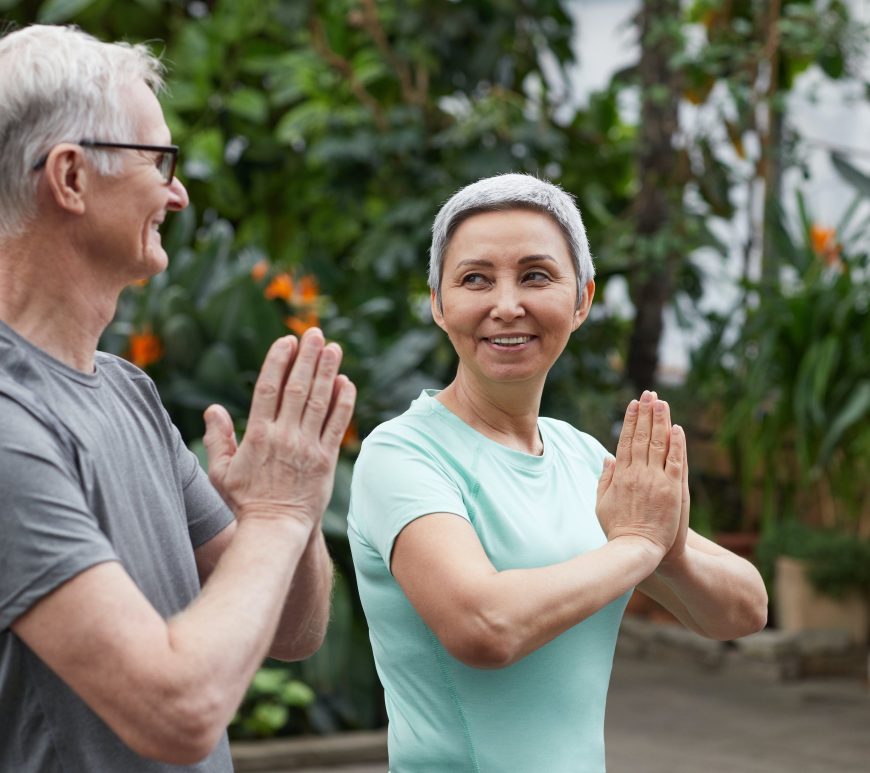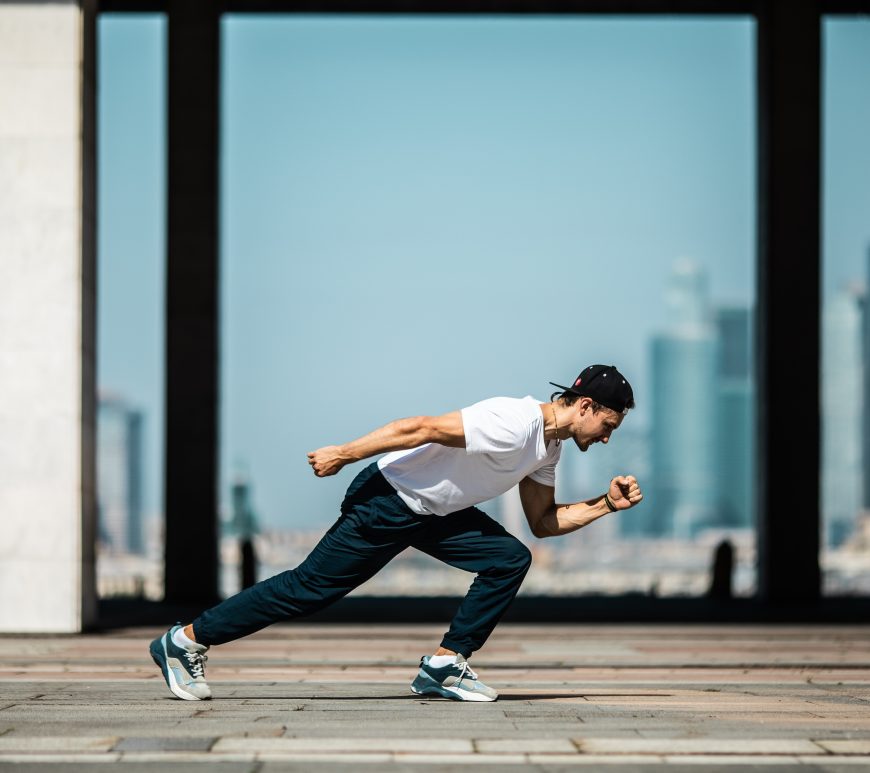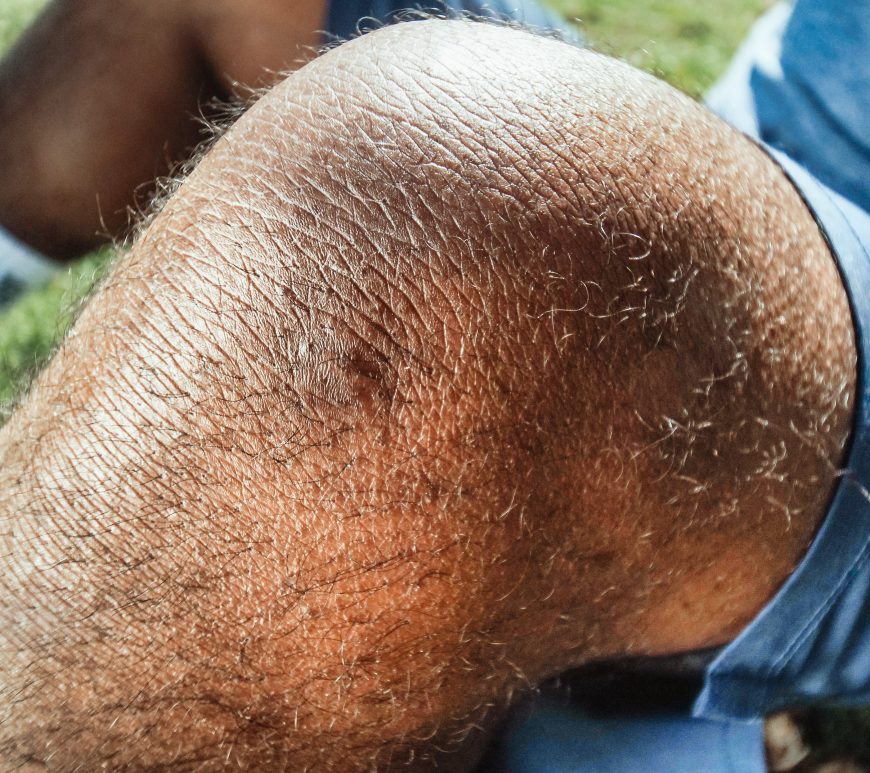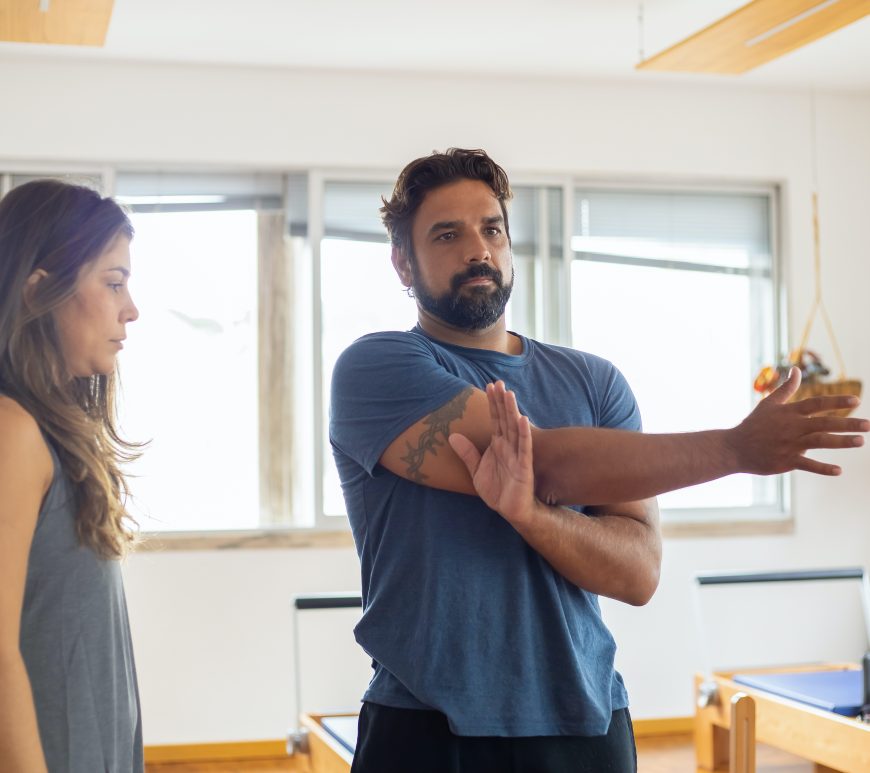
How do exercise interventions impact pain and social life in postmenopausal osteoporotic women?
In 2019, Koevska, et. al., conducted study about Osteoporosis, which is characterized by low bone density and microarchitectural deterioration, poses a significant health risk, particularly in postmenopausal women. This randomized single-blind controlled prospective trial aimed to assess the effects of exercise on the quality of life in postmenopausal osteoporotic women over a one-year period. Ninety-two women diagnosed with postmenopausal osteoporosis and receiving treatment at the … Continue reading How do exercise interventions impact pain and social life in postmenopausal osteoporotic women?



